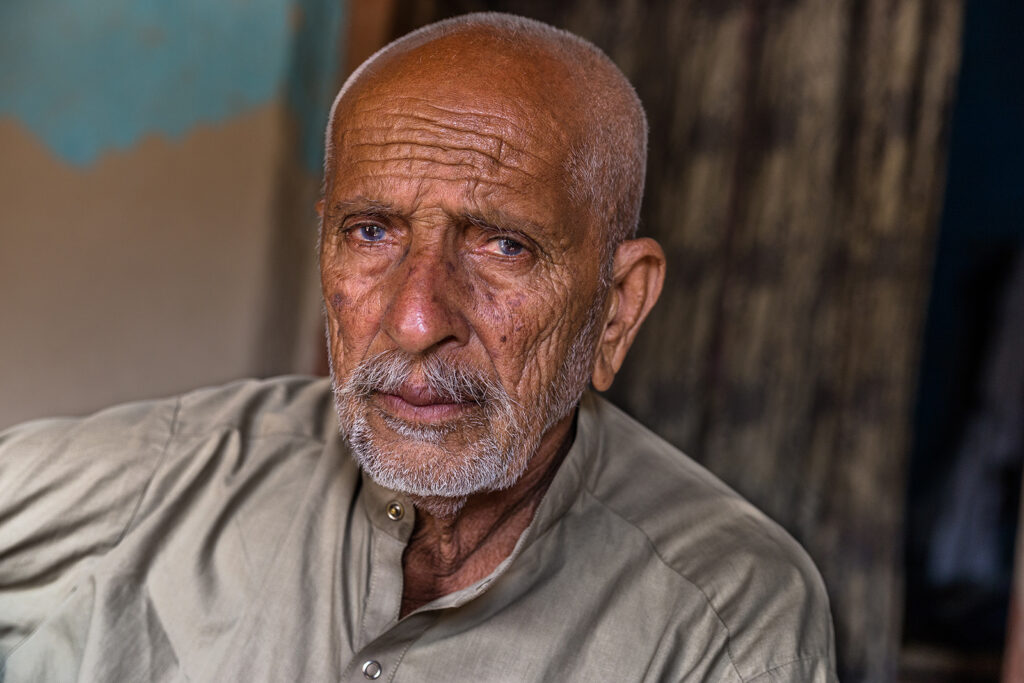Digital health innovations (DHIs) can be transformative for patients. It can empower people to take better control of their health, and make it easier to get the care they need. And yet, there’s a big problem…
DHIs only benefit some patients. There are too many patient communities that DHIs can isolate. And it needs to be addressed.
Anyone developing health technologies within clinical research, and not doing so with an inclusive mindset, can really jeopardise community health.
There are huge considerations that need to be made in the development process, as well as a better understanding of the big barriers that stand in the way of patient populations benefiting from DHIs.
Because while health technology can do so much good for the advancement of healthcare, what happens to those who don’t have access to the internet or the devices that they need to be able to use them? What happens to those who don’t have trust in healthcare, or feel represented or understood? What happens to those who don’t have the skills to use the technology developed?
In short, all of these patients will remain excluded. And the gap in health inequity will widen.
So, what are the barriers, the vital considerations, and the answers to developing health technology that is inclusive?
We’ve put together a comprehensive report that dives into this issue, to give you the insights that can create important change.
Don’t let the power of health technology leave patient populations feeling powerless a moment longer.









